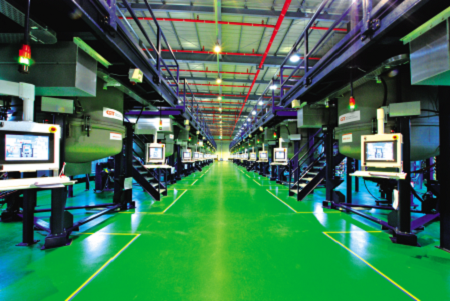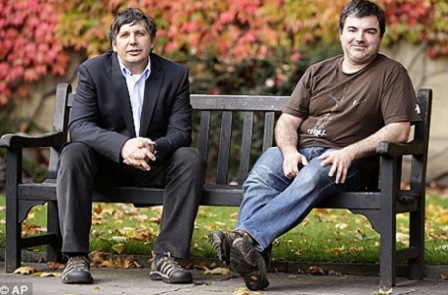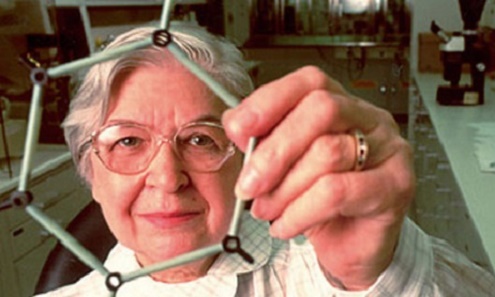Zapadna civilizacija je već imala tri industrijske revolucije. One bi se mogle opisati kao nepovratne, skokovite promjene u proizvodnim procesima, koje su za rezultat imale značajno veću produktivnost. Prvo poboljšanje efikasnosti proizvodnje ogledalo se u korišćenju hidropotencijala, upotrebi parnih mašina i razvoju moćnih mašina. Druga industrijska revolucija je donijela snažnu upotrebu električne energije i linije masovne proizvodnje. Treća se dogodila nedavno i za rezultat je imala ubrzanu automatizaciju proizvodnih procesa korišćenjem elektronike i informacionih tehnologija. Ćetvrta industrijska revolucija (Industry 4.0), koja je već uveliko na djelu, oslanja se na ideju dosledne digitalizaciju i povezivanje svih produktivnih jedinica u nekoj ekonomskoj cjelini. Industry 4.0 treba razlikovati od užih pojmova, kaošto su "Internet Of Things", "Factorz 4.0" ili "Maker Movement".

Industija ima centralnu ulogu u ekonomiji Evropske Unije, ostvarujući 15% dodatne vrijednosti (uporedno - 12% u USA). Ona predstavlja pokretački faktor istraživanja, inovacija, produktivnost i izvoza, stvara 80% inovacija Evropske Unije i 75% izvoza. Uključujući njen uticaj na na uslužne djelatnosti, industrija je motoro društvenog i ekonomskog razvoja Evropske Unije. Ipak, Evropska je izgubila brojne industrijske poslove u toku proteklih dekada i suočena je sa jakom konkurencijom zemalja u razvoju. .Rješenje je u pokretanju četvrte industrijske revolucije, "Industry 4.0".

Cilj ovog poglavlja je uvod u upravljanje projektima, pa se u njemu između ostalog opisuje:

The material graphene was found 2004th, by professors Andre Geim and Konstantin Novoselov , at the University of Manchester. That is the thinnest material ever made. You would need to stack three million graphene sheets on top of each other to get a pile one milimetre high. It is also the strongest substance known to mankind — 200 times stronger than steel and several times tougher than diamond. A sheet of graphene as thin as clingfilm could hold the weight of an elephant. .Despite its strength, it is extremely flexible and can be stretched by 20 per cent without any damage. It is also a superb conductor of electricity — far better than copper, traditionally used for wiring — and is the best conductor of heat on the planet.But perhaps the most remarkable feature of graphene is where it comes from. Graphene is made from graphite, a plentiful grey mineral mostly mined in Chile, India and Canada.

Stephanie Louise Kwolek (July 31, 1923 – June 18, 2014) was an American chemist, whose career at the DuPont company spanned over forty years.[1] She is best known for inventing the first of a family of synthetic fibers of exceptional strength and stiffness: poly-paraphenylene terephthalamide—better known as Kevlar.[2][3] For her discovery, Kwolek was awarded the DuPont company's Lavoisier Medal for outstanding technical achievement. As of February 2015, she was the only female employee to have received that honor.[4] In 1995 she became the fourth woman to be added to the National Inventors Hall of Fame.[5] Kwolek won numerous awards for her work in polymer chemistry, including the National Medal of Technology, the Achievement Award and the Perkin Medal.